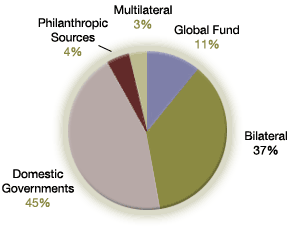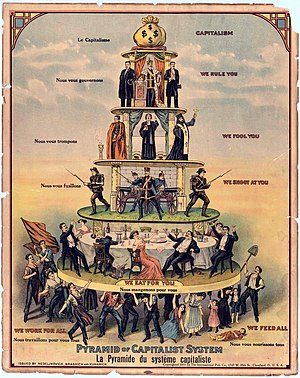 The answer to the title of this post is that China is using the same model of development to develop other countries that it used to develop itself. And China is a shining example of why its own model works. China has lifted hundreds of millions of its own people out of poverty and grown to be the second-largest economy in the world. Its growth in GDP is only matched by its increasing global influence around the world – an alternative superpower to deal with.
The answer to the title of this post is that China is using the same model of development to develop other countries that it used to develop itself. And China is a shining example of why its own model works. China has lifted hundreds of millions of its own people out of poverty and grown to be the second-largest economy in the world. Its growth in GDP is only matched by its increasing global influence around the world – an alternative superpower to deal with.
Every day, on my drive on the highway from Accra to the Eastern region, I see the bridges and roads being built. Caterpillar trucks and big crews of Ghanaian construction workers being supervised by a Chinese foreman in a floppy hat. I have heard and read about China in Africa, and its strategic interest in the continent from a natural resource perspective. I knew they were involved in infrastructure projects, but I didn’t think it would be every single project.

Today I read an article in NextBillion titled “Why Africa is Open for Business.” The article closes with this paragraph:
Probably the greatest challenge resides in the U.S. and the Western world. That challenge is to change the perception of Africa and encourage young entrepreneurs and investors to look at Africa as a place to do business. Business is probably a better way out of poverty than philanthropy. And I can’t wait for Business Schools to lead the way by developing curriculums on business in Africa.
I agree, but there are two things I want to unpack about this statement. Continue reading

 This isn’t
This isn’t 
 The other day a friend put me in touch with a friend of his who had just moved to Accra. She works the
The other day a friend put me in touch with a friend of his who had just moved to Accra. She works the  There are no glass manufacturing plants in Ghana, so these processors buy used bottles from companies that collect discarded bottles of
There are no glass manufacturing plants in Ghana, so these processors buy used bottles from companies that collect discarded bottles of 
 The Philippines has a rich and complex history that is colored by practically as many different cultures as there are islands. A guy I used to work with used to love telling me about his favorite professor in college, who gave a final exam with only one task: de-colonize colonialism. In other words, deconstruct the culture, the traditions, the idiosyncracies that make the country what it is. Remove all of the external influences that have resulted from the different occupations – the Malaysians, the Spanish, the Americans, and the Japanese. What do you get? I don’t know, but it would look nothing like what the Philippines is today, which is a rich tapestry of traditions that have been shaped by its history.
The Philippines has a rich and complex history that is colored by practically as many different cultures as there are islands. A guy I used to work with used to love telling me about his favorite professor in college, who gave a final exam with only one task: de-colonize colonialism. In other words, deconstruct the culture, the traditions, the idiosyncracies that make the country what it is. Remove all of the external influences that have resulted from the different occupations – the Malaysians, the Spanish, the Americans, and the Japanese. What do you get? I don’t know, but it would look nothing like what the Philippines is today, which is a rich tapestry of traditions that have been shaped by its history.
 For my
For my  A month later I was accepted to the Kiva Fellows program and given my assignment in the Philippines. As it turned out, I was placed with NWTF, the very same MFI that Arc Finance was doing a pilot with. So, when I got down to Bacolod, I worked together with Kiva, Arc Finance, and NWTF to get the loans up on the website. We were the first MFI in
A month later I was accepted to the Kiva Fellows program and given my assignment in the Philippines. As it turned out, I was placed with NWTF, the very same MFI that Arc Finance was doing a pilot with. So, when I got down to Bacolod, I worked together with Kiva, Arc Finance, and NWTF to get the loans up on the website. We were the first MFI in 

 Global food production has rocketed in recent decades but has stagnated in many parts of Africa, despite the continent having “abundant” arable land and labour, says Professor Juma.
Global food production has rocketed in recent decades but has stagnated in many parts of Africa, despite the continent having “abundant” arable land and labour, says Professor Juma.